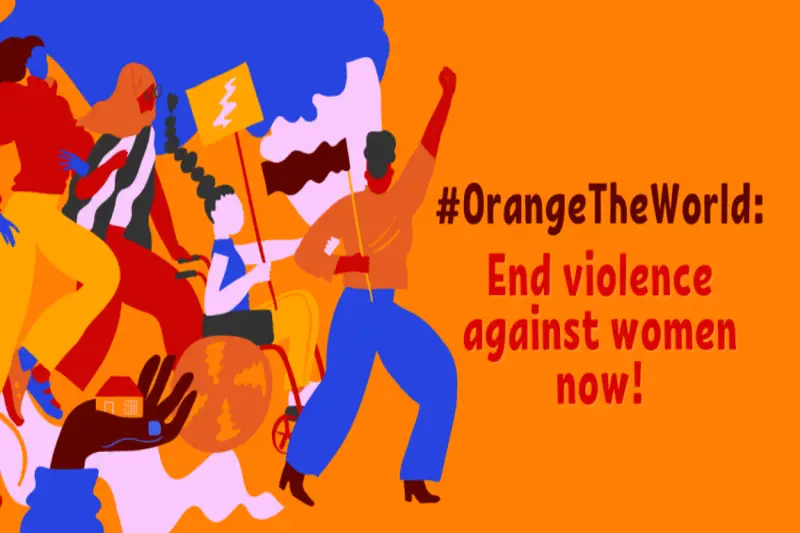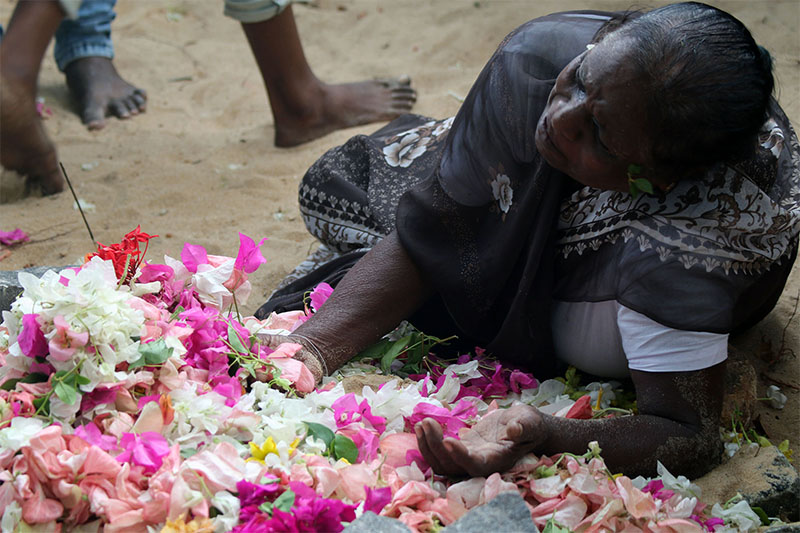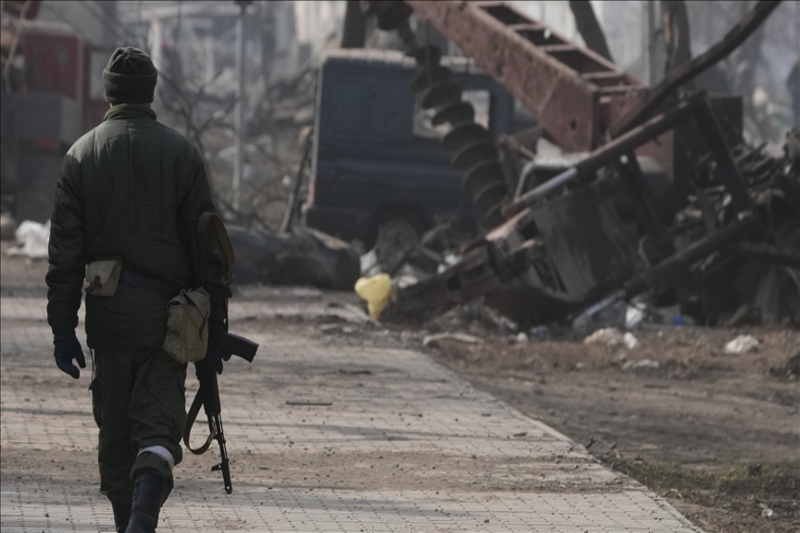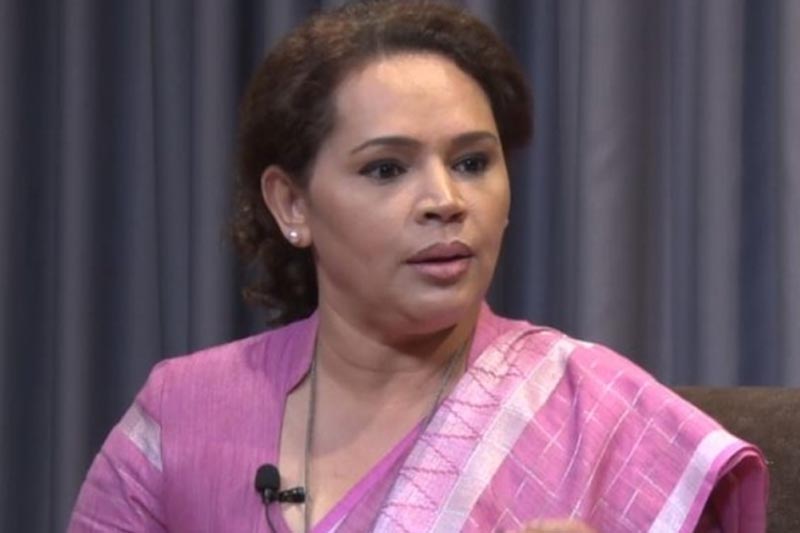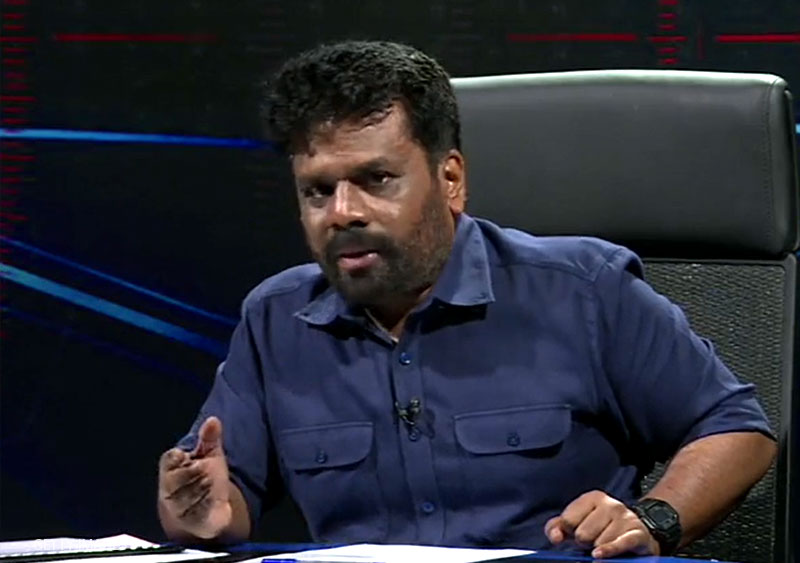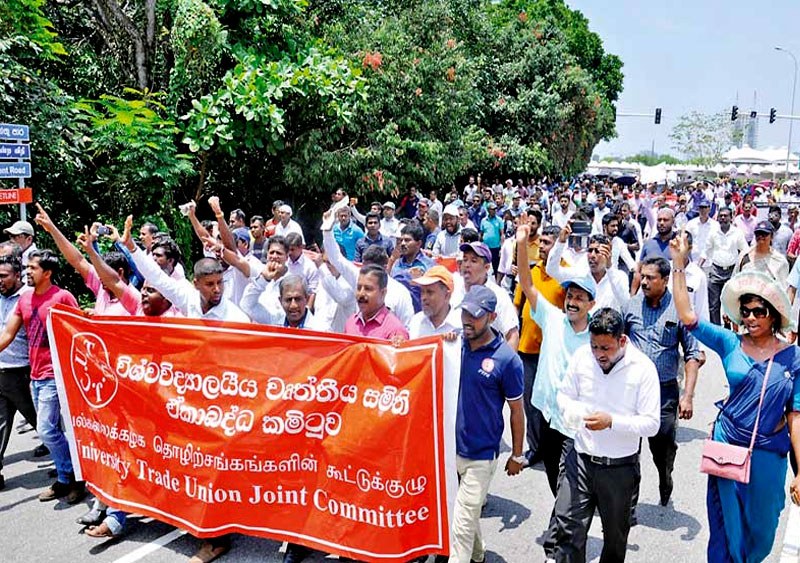Everyone has the right to a life free of violence and coercion. However, WHO’s most recent estimates, launched in March 2021, show that almost 1 in 3 women worldwide experiences physical and/or sexual violence in her lifetime.
Most of this is in the form of intimate partner violence—in other words, women are at greatest risks from people they live with. Estimates suggest the South-East Asia Region ranks second highest, at around 33%.
Violence against women, especially intimate partner violence, has serious health impacts, both immediate and long term. These encompass injuries as well as serious physical, mental, sexual and reproductive health problems, including sexually transmitted infections, HIV and unplanned pregnancies as well as mental health problems.
The very high prevalence of violence against women and its significant health impacts place it among today’s priority public health issues. In addition, it is a grievous violation of women’s and girls’ human rights.

We know that violence against women is preventable. It is rooted in gender inequality and harmful gender norms that make violence against women acceptable.
In particular, evidence shows that intimate partner violence and sexual violence result from factors occurring at individual, family, community and wider society levels that interact with each other to increase (risk factors) or reduce risk (protective factors) of such violence.
Some are associated with being a perpetrator of violence, others are associated with experiencing violence and some are associated with both.
Key risk factors linked to unequal gender norms include, for example, harmful masculine behaviours, including having multiple partners or attitudes that condone violence, or community norms that privilege or ascribe higher status to men and lower status to women.
The health sector is a critical part of a multisectoral strategy to prevent and respond to violence against women. This is because, first, women and girls experiencing violence are more likely to use health services. Also, health-care providers are often women’s first point of professional contact. Third, all women are likely to seek health services at some point in their lives. Finally, health systems have a mandate to address VAWG through WHO’s Global Plan of Action.
The health sector’s role is wide-ranging.
First, health policymakers and managers must strengthen the capacity of the health system and providers and ensure the continuity, adequate resourcing and appropriate delivery of services for survivors as part of essential health services.
Health facilities should identify information about locally available services for survivors (e.g., hotlines, shelters, rape crisis centers, counselling), including opening hours and contact details, and establish referral links.
Health providers, once aware of the issue and its implications, should offer medical treatment as well as first line support, which includes empathetic listening, asking about needs and connecting survivors to support.
Second, the health sector has a role to play, with other sectors and stakeholders, in preventing violence against women and girls.
Prevention is a continuum. Most strategies to prevent VAW from occurring in the first place are implemented outside the health sector – in communities, in schools, through mass media. But it is also important to prevent violence from recurring.
Thus, women who have experienced or are experiencing violence may seek health care, even if they do not disclose the violence. Here is where health care providers have a key role.
If health-care providers are alert to identifying such women early – in early stages of the violence or before it becomes very severe – and offer appropriate care and responses, then they could prevent or reduce recurrence of such violence.
Secondary prevention strategies through health include: identification, acute and long-term care, prevention/reduction of recurrence, addressing alcohol and substance use disorders and referral.
Tertiary prevention strategies through health include: responding to longer term mental health consequences and rehabilitation.
Third, the health sector has a role to play in advocating for, developing and implementing evidence-informed policies and strategies for gender-based violence prevention and response. More and better data are needed, and these must be collected in ethical and safe ways and consistent with survivor-centred principles.
For its part, WHO strives to bring attention to violence against women and girls as a public health and gender equality issue by building the evidence; developing guidelines; encouraging political will and accountability and strengthening country capacity of health systems and providers.
WHO has developed evidence-informed resources, often working with UN and other partners, for women survivors of violence, for people who are concerned that someone they know is experiencing violence, and for those working across the healthcare system.
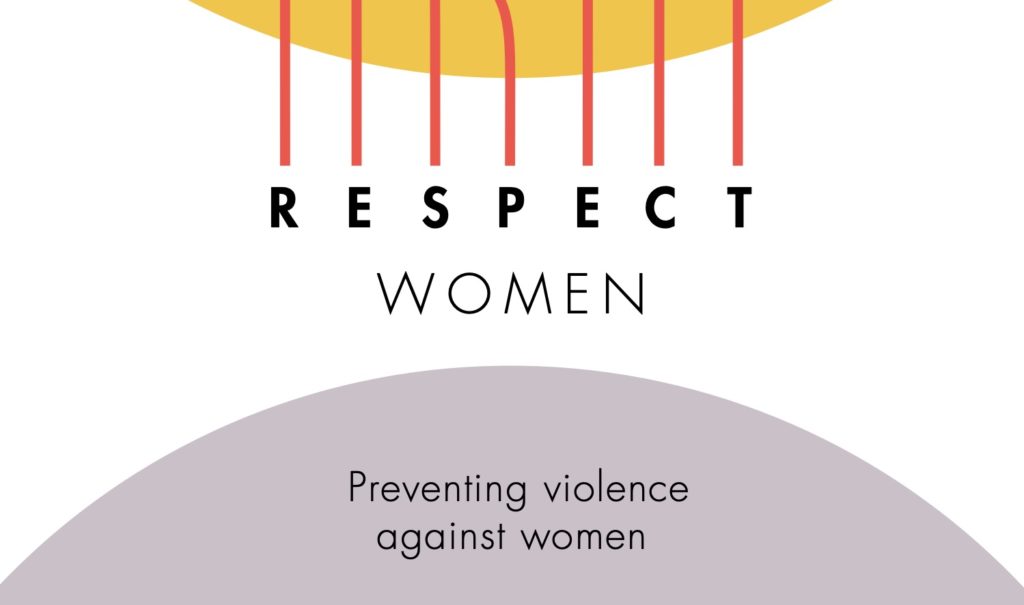
Specifically on preventing VAW, WHO, UN Women and partner UN agencies have developed policy guidance on stopping intimate partner and sexual violence before it occurs called RESPECT Women: Preventing Violence against Women (2019) and a package of implementation materials for the RESPECT Framework intended to support governments, civil society organizations and UN agencies.
RESPECT is an acronym for 7 prevention strategies that seek to reduce the risk factors and increase the protective factors for VAWG, at the individual, household, community and society levels.
These include: relationship skills strengthening; empowerment of women; services ensured; poverty reduced; enabling environments (schools, workplaces, public spaces) created; child and adolescent abuse prevented; and transformed attitudes, beliefs and norms. Since its release in 2020, WHO has partnered with UNFPA and UN Women to conduct RESPECT Implementation Framework training and action planning workshops for a range of sectors and stakeholders in 7 Member States (Bangladesh, Bhutan, India, Indonesia, Maldives, Nepal and Sri Lanka).
This year, WHO’s South-East Asia Regional Office again joins its partners to participate in the annual campaign.
During the 16 Days, among other activities, WHO is partnering with UNFPA’s regional office for Asia and the Pacific to conduct a webinar on recently released guidance on integrating VAWG into pre- and in-service training curricula for health professionals.
November 25, the International Day for Elimination of Violence against Women, marks the beginning of the annual activist-led campaign, the 16 Days of Activism against Gender-Based Violence.
The campaign lasts until 10 December, observed every year as Human Rights Day, serving as a befitting reminder that women’s rights are human rights and we should do all we can to respect, protect and fulfil these rights. Let’s resolve to redouble our efforts to prevent and respond to violence against women—and keep women and girls everywhere safe.
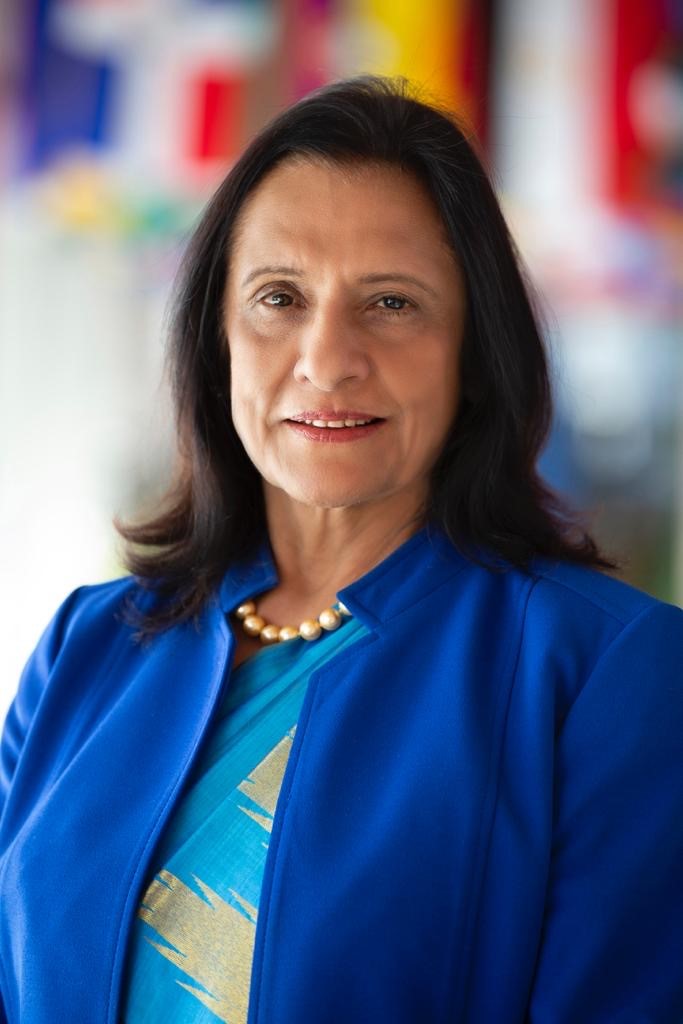
*Dr Poonam Khetrapal Singh is the Regional Director of the WHO South-East Asia Region and the first woman to hold the post.

